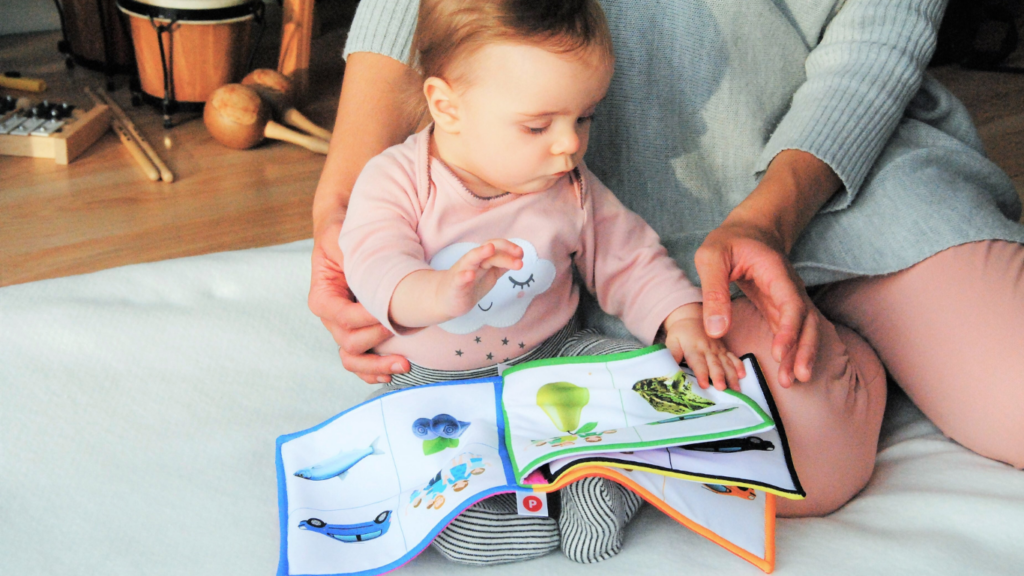Watching kids pick up new words and phrases is one of the most fascinating parts of early childhood. It’s incredible how quickly their little minds absorb language from everyday interactions and experiences. But did you know there are simple ways to actively nurture and boost these skills during their formative years?
The Importance Of Early Childhood Language Development
Early childhood language development creates the foundation for lifelong communication and learning skills. Neural connections in a child’s brain peak during the first three years, making this period essential for acquiring language. Children exposed to rich verbal interactions during this time are more likely to develop an extensive vocabulary, better articulation, and advanced cognitive abilities.
Strong language skills in early years link directly to academic success. Studies by the American Academy of Pediatrics confirm that children with developed language abilities perform better in reading, writing, and problem-solving tasks. These skills often influence future educational outcomes and social interactions.
Engaging in regular conversations, reading aloud from diverse books, and using descriptive language nurtures communication abilities. For instance, discussing daily routines or asking open-ended questions encourages both comprehension and expression. Structured activities like singing nursery rhymes or using flashcards further expand vocabulary and comprehension.
Cultural and linguistic diversity also enhances early language development. Bilingual or multilingual environments help children grasp languages more easily by leveraging their high neural plasticity. Exposing them to multiple languages early fosters adaptability in speaking and understanding diverse languages.
Key Factors Influencing Language Growth
Language development in early childhood depends on a combination of:
- genetic
- biological
- environmental
- social factors
Understanding these influences helps create effective strategies for nurturing communication skills.
Genetic And Biological Influences
Certain genetic traits and biological processes significantly impact early language skills. Genetic predisposition affects how efficiently a child acquires language, with some children inheriting enhanced verbal abilities. Neurological development also plays a role since a child’s brain undergoes rapid growth, particularly in language-related areas like the Broca’s and Wernicke’s regions, during the first three years.
Hearing and speech mechanisms directly influence language acquisition. Children with hearing impairments or speech delays may face challenges in developing verbal skills, making early diagnosis and intervention essential. Additionally, overall health during infancy, including nutrition and sleep, supports neurodevelopment, facilitating robust language growth.
Environmental And Social Factors
A language-rich environment fosters early communication skills. Regular interaction with caregivers, who provide exposure to diverse words and phrases through conversations, reading, and singing, supports vocabulary expansion. High-quality early education programs also contribute by offering structured opportunities for children to practice speech.
Social interactions play a crucial role in language growth. Children learn effectively by observing and mimicking communication styles during family discussions, peer play, and social activities. Multilingual households, when supportive and consistent, enhance adaptability and cognitive flexibility, strengthening language skills across multiple languages.
Effective Strategies For Boosting Language Skills

Fostering strong language skills in early childhood requires intentional, consistent practices. I focus on methods that create opportunities for children to explore and comfortably express themselves.
Encouraging Reading And Storytelling
Reading and storytelling introduce children to new vocabulary and sentence structures. I recommend starting with age-appropriate, illustrated books to capture attention. Reading aloud daily, such as during bedtime, exposes children to different word patterns and pronunciation. Storytelling without books, where I create or share personal narratives, stimulates creativity and strengthens listening skills. Repetition of beloved stories further reinforces language learning.
Promoting Interactive Play
Interactive play creates natural contexts for language use. While engaging in pretend play, like a grocery store or tea party scenario, children practice conversational skills and role-specific vocabulary. Toys, such as building blocks or action figures, can prompt descriptive language when I encourage questions like, “What are you building?” or “What happens next in your story?” For group activities, I ensure games requiring verbal collaboration, such as charades or board games, foster language-rich interactions.
Engaging In Regular Conversations
Routine conversations make language learning an ongoing process. I encourage open-ended questions, such as, “What was your favorite part of the day?” to promote critical thinking and detailed responses. During shared daily activities, like cooking or walking, I comment on surroundings or actions using descriptive language. Correcting grammar softly by rephrasing statements also reinforces proper usage without discouraging participation. Regular, meaningful conversations create a foundation for confident communication.
Role Of Technology In Language Development
Technology provides valuable tools for enhancing early language skills when used appropriately. Interactive resources offer engaging and adaptable methods to support children’s communication abilities.
Benefits Of Educational Tools And Apps
- Interactive apps, such as language games and storytelling platforms, improve vocabulary and comprehension. Apps like ABCmouse or Khan Academy Kids introduce letter recognition, phonics, and storytelling in interactive formats, making learning enjoyable.
- Speech recognition features in certain tools help children practice articulation by providing instant feedback on pronunciation. This promotes clearer speech and confidence in communication.
- Audiobooks and narrated e-books expose children to expressive reading tones and varied vocabulary, which enrich language acquisition. Programs that allow customization can cater to specific developmental needs, ensuring targeted support.
- Bilingual apps, like Duolingo Kids, support multilingual development in an immersive format. These tools help children learn additional languages while strengthening their primary language skills.
Potential Drawbacks And How To Avoid Them
- Over-reliance on technology may limit face-to-face interactions critical for natural language development. I encourage balancing digital tools with real-life social conversations.
- Some apps use passive formats, reducing engagement. To prevent this, I select interactive tools that require active participation, like answering questions or narrating stories.
- Exposure to inappropriate content can harm language growth. I use tools with strong parental controls and age-appropriate content to create a safe learning environment.
- Excessive screen time can negatively affect attention spans. Moderating usage to under one hour daily for preschoolers, as recommended by the American Academy of Pediatrics, ensures healthy development.



 Community Engagement Manager
Community Engagement Manager
